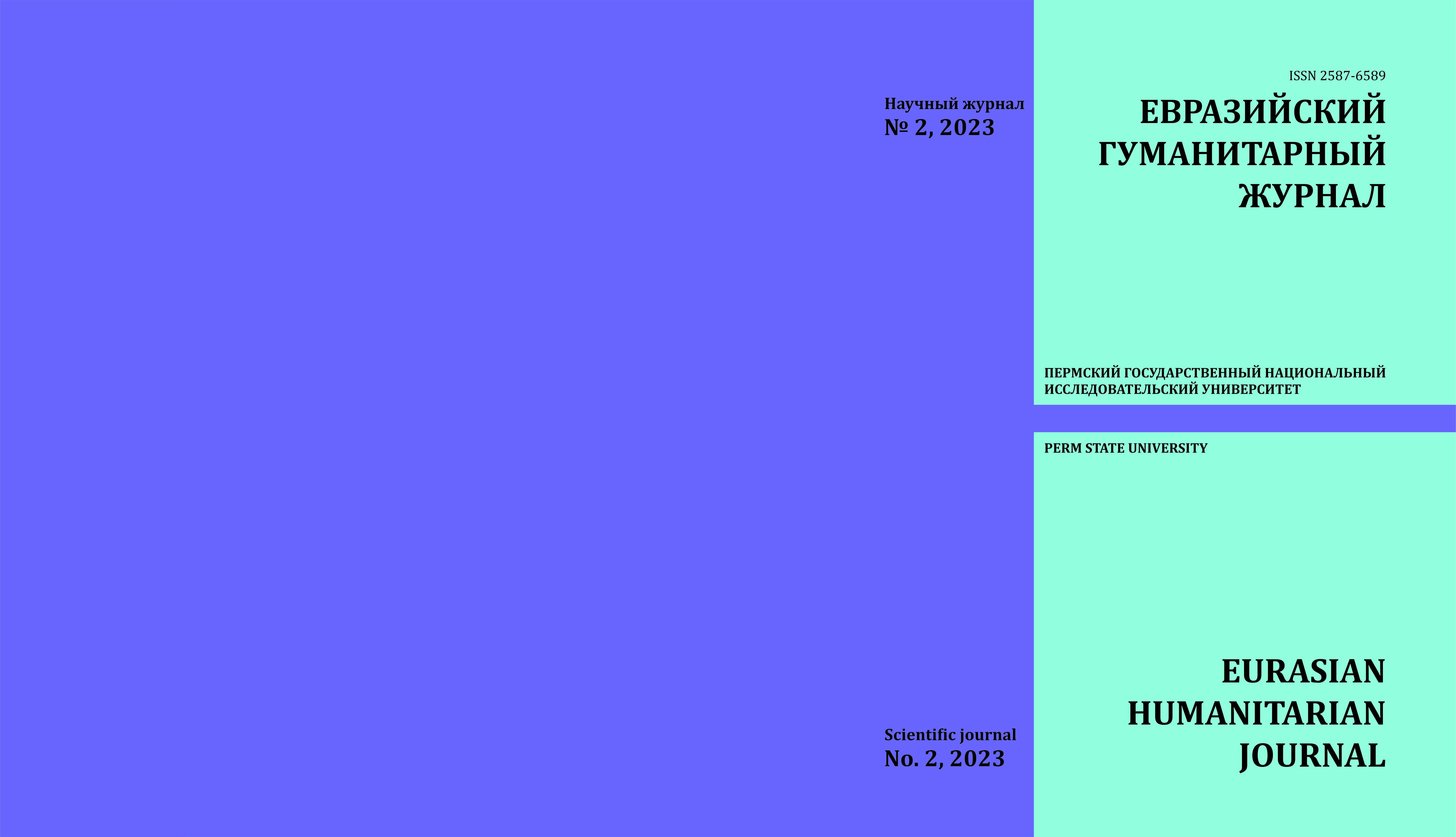THE LINGUISTIC AND CULTURAL POTENCIAL OF AQUACODE
Keywords:
culture, language, code of culture, aquacode, phraseological unit, paremia, GermanAbstract
The proposed article analyses the peculiarities of such units of aquacode of German linguoculture as Bach, Fluss, Meer and See, fixed in phraseological units of the German language. Phraseological units make the speech not only more expressive, but also allow to learn the history of the people, understand the originality of its culture and everyday life. They are the most receptive to the national culture, encoding in a peculiar way its manifestations, as they grow up on the basis of awareness of the realities of life, legends and myths, beliefs and superstitions, customs and attitudes, principles of morality.. The images depicted in phraseological expressions are «traces» of certain layers of culture from ancient times to the present day. This is quite interesting material for research in the field of comparative phraseology, linguoculturology and ethnolinguistics. The objects of the world around us (both natural and artefacts), in addition to performing their direct functions, also carry some additional meanings. These meanings are described through the codes of culture. Aquacode culture occupies a special place among them, because human dependence on water bodies and their careful study is reflected in language. The aim of the article is to describe the cultural constants captured in the water images of phraseological expressions, which are necessary for understanding the features of the German mentality in the aspect of historical-etymological and linguocultural approaches. Aquacode of culture is a set of mental images associated with water or water objects and specific characteristics, supplementing their natural properties with functionally meaningful cultural meanings.Downloads
Published
2023-06-30
Issue
Section
ОБЩЕЕ ЯЗЫКОЗНАНИЕ

